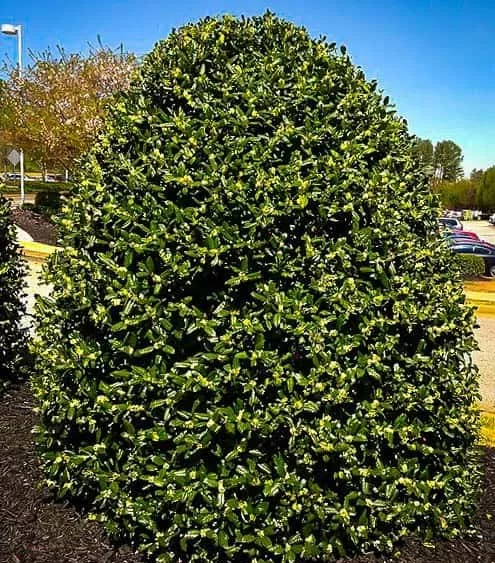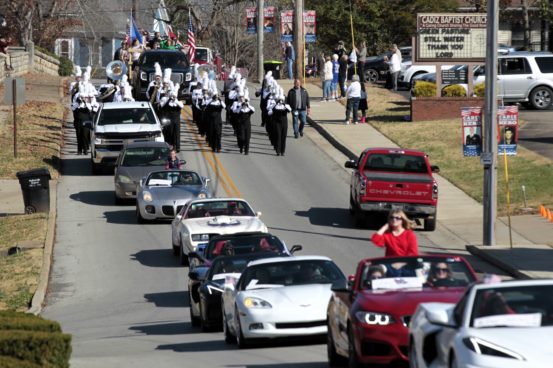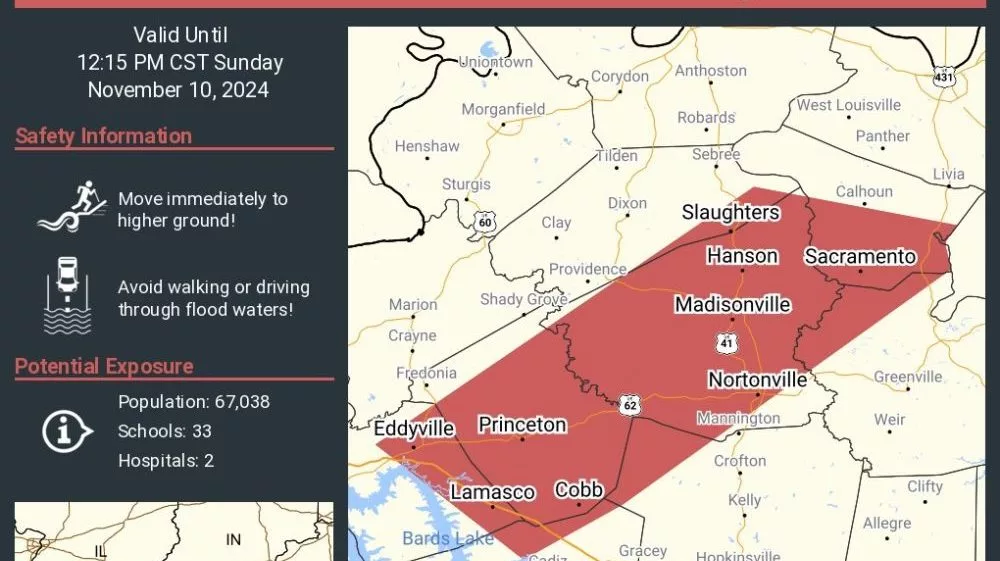Kelly Jackson
Christian County Extension Office
Consider Native Plants
As the temperatures begin to drop, this becomes a great time to plant trees and shrubs. Native trees like American holly and red buckeye and shrubs like witchhazel and arrowwood viburnum have long been a natural part of the ecosystem, providing food for wildlife and filling specific habitats in the forest, hills, and river bottoms around Hopkinsville. Plants introduced from other areas, which we call exotics, often do not fulfill the same niche as natives. In some cases, they survive poorly; however in other sites they may become unmanageable or invasive (think kudzu).
Native plants will give your home a more natural, regional look and may perform better than exotics in weathering drought, floods, and harsh winters if placed in the correct landscape site. However, natives are not without flaws. Like most plants, they are susceptible to certain pests and diseases. Native doesn’t mean maintenance free. We would all love a no-work garden but even native trees and shrubs require some care. It is especially important to understand that most residential landscapes do not resemble any natural habitat where natives exist. In a residential situation, the soil has been disturbed, natural vegetation has been cleared, and the microclimate has been changed. Furthermore, urban stresses such as compaction, pollution, salt runoff, and reflected heat can have a negative impact on native trees and shrubs. The survival and growth potential of native species in these conditions may be no better or worse than exotic species.
The key to using native plants successfully is carefully choosing plants that will match your site conditions. While some native plants are tremendously adaptable to a wide range of environmental conditions, many are quite habitat-specific. Before you start selecting plant materials, know your site, including the exposure, soil texture, pH, fertility, moisture conditions and weed problems. Some discrepancies can be corrected with soil amendments, mulching, fertilization, and other techniques, but these solutions may not overcome a poor match between your selected plant and site.
Using a broad range of plants, both natives and exotics, chosen to fit your individual landscape site and your personal preferences, will yield a garden that is not only attractive but survives and thrives under stress. Diversifying your landscape by including native trees and shrubs makes good gardening sense.
Below is a list of small trees and shrubs native to Kentucky. However before purchasing a native plant to add to your landscape – do a little research. Some natives do better as understory plants, some need acid soils, and some prefer low, wet growing areas. Learning about natives will help you make the right selection.
Small Native Trees and Shrubs
Acer pensylvanicum Striped Maple
Acer spicatum Mountain Maple
Aesculus pavia Red Buckeye
Amelanchier arborea Serviceberry
Asimina triloba Pawpaw
Carpinus caroliniana Hornbeam
Cercis canadensis Redbud
Chionanthus virginicus Fringetree
Cornus amomum Silky Dogwood
Cotinus obovatus Smoketree
Hamamelis virginiana Witch Hazel
Ilex opaca American Holly
Lindera benzoin Spice Bush
Magnolia virginiana Sweetbay Magnolia
Oxydendron arboretum Sourwood
Physocarpus opulifolius Ninebark
Viburnum cassinoides Witherod Viburnum
Viburnum dentatum Arrowwood Viburnum




